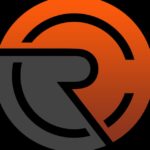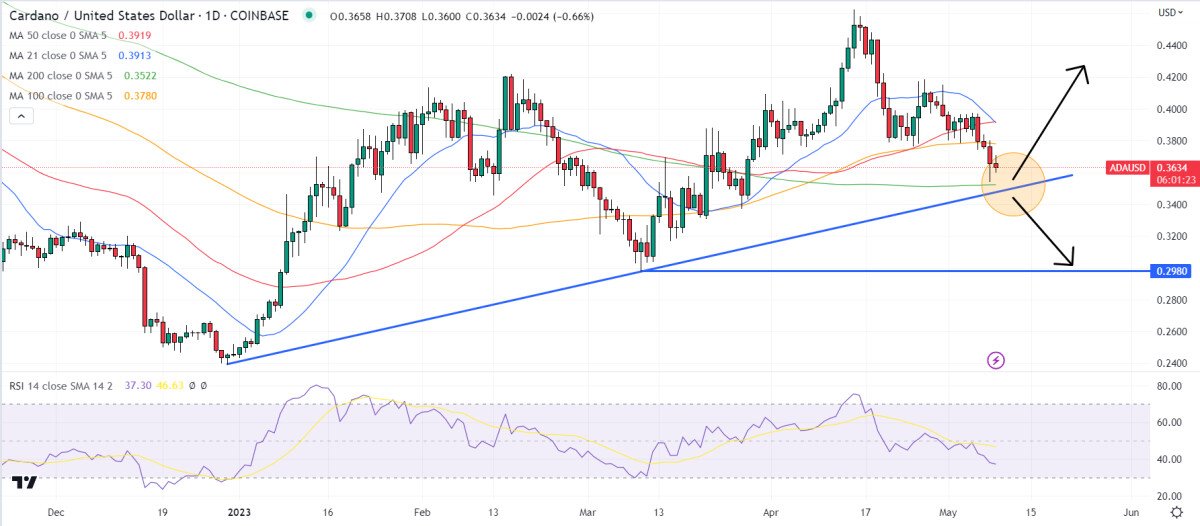It is not yet curtains for crypto

Living Opera – a multimedia start-up building classical music-based digital assets … [+]
Non-fungible tokens (NFTs) have come under fire and even declared dead as a fading trend due to a reduction in sales and OpenSea’s layoffs. This is the natural evolution of technology, the “hype cycle” that quickly enters the scene: a surge of interest from an “innovation trigger” followed by a “trough of disillusionment.” But there has been an explosion of creativity even below the surface, combined with leadership among several states that has provided fertile ground for developers and entrepreneurs to launch some notable NFT projects.
New technologies can go through roller coasters until they decide on meaningful use cases and value creation. Gone are the days when NFT projects could earn millions based on humorous profile pictures that offer neither utility nor recognized art that can serve as collectibles among fans. To take hold, NFT projects must address real needs Art, culture and philanthropy are domains of experimentation.
NFTs provide authenticated ownership. Consider historical items and collectibles. Rally Rd. tokenizes historical assets, think an original Batman DC comic from the 1940s or the last Elvis Presley performance ticket in 1977, and allows holders to share in the profits of the asset from a potential sale.
The Austrian Post experimented with cryptostamp art through a digital and physical representation, often referred to as a “phygital”, of the most famous and valuable “Vermilion Mercury” stamp from 1851 and a reinterpretation in July 2022. These phygitals use Near Field Communication (NFC) functionality ) developed by Varius Card, an Austrian leader in NFT and identification technology. “With the introduction of blockchain, Posten invented a unique product that reached its collectors worldwide”, said Michael Dorner, CEO of Variussystems and current president of the International Card Manufacturers Association.
Major art institutions have entered the NFT ecosystem. Last week, the William S. Paley Foundation announced that it would raise about $70 million via auction to expand the digital footprint of the New York Museum of Modern Art (MoMA) and possibly acquire the museum’s first NFTs. Here, NFTs validate the authentic art (or music), ensuring that buyers are not getting a fake item. Despite the current “crypto winter”, a convergence of interests across sectors is growing.
For example, on September 30, Living Opera – a multimedia startup building classical music-based digital assets on the blockchain – is launching the Magic Mozart NFT collection, a generative art project based on properties from Mozart’s Magic flute. The collection features digital art and personalized musical minuets based on a copy of Ein Musikalisches Würfelspiel – a musical dice game attributed to Mozart. While music lovers agree that the game is an incredible demonstration of Mozart’s musical genius, it also appeals to technologists: with over a quadrillion permutations that create a new musical selection, the algorithmic musical composition has caught the interest of the best computer scientists.
The founders of Living Opera want to reform the philanthropy space by using a decentralized autonomous organization (DAO) to facilitate access to grants on a fast and transparent basis. When operating in their true state, DAOs use smart contracts – or code – that dictate what will happen if a certain condition is met. Smart contracts promise to speed up the grant process and add greater transparency to the acquisition and use of funds.
In 2021, organized American arts and humanities received $23.5 billion in charitable donations. However, artist salaries have continued to stagnate. “It is certainly difficult to access data on artist salaries, but Living Opera’s white paper based on Census Bureau data shows that American artists not only earn less than the average American, but that they have experienced a relative decline in their total earnings since 2009. To despite significant funding for arts and cultural institutions, the challenges for artists have only grown. “While it may sound insignificant to people in non-arts sectors, it is seriously important: not only does the arts and culture sector account for 4.2 percent of gross domestic product, notes the Bureau of Economic Analysis, but the arts also have a profound multiplier effect on creativity and innovation that is not easily reduced with available data,” notes Christos Makridis, the group’s CFO.
DAOs can provide win-wins, such as micro-grants for artists, and benefits for NFT holders such as introductions to The process democratizes funding applications and experiential art learning. Living Opera is building the first verifiable credential for art entrepreneurship that will exist on the blockchain. DAOs and smart contracts enable a wave of innovation and mobility into certain states over others. “One of the reasons we at Living Opera decided to move to Nashville was because of legislation spearheaded by Tennessee Representative Jason Powell that gives DAOs similar treatment to LLCs and nonprofits—perfect for Living Arts DAO,” said Soula Parasidis, Living Opera’s CEO.
“DAOs are a vehicle that will drive ideas in music, fintech and healthcare. Tennessee wins every time new DAOs are established in our state that help transform industries,” said Representative Jason Powell. “I proposed the DAO legislation because I believe in democratizing the opportunity to participate in various ventures previously not open to the general public. I hope that more high-impact legislation will be passed as web3 initiatives evolve and transform the business landscape .”
“We increasingly see the need for innovative solutions that take opera into new digital spaces while remaining rooted in our love of the art form. Nashville Opera’s strategic plan challenges us to sing bravely in any context, and that includes the metaverse,” says John Hoomes Nashville Opera’s Executive Director.
Nashville startup Solo Music offers artists, agencies, labels and publishing companies a solution to maximize how blockchain will impact artist careers and the overall industry. Their platform allows users to create a profile, or a digital wallet on the back, with just an email and password, or even a Google, Facebook or Apple account.
“Engaging in and using web3 should not require a computer science degree. Solo’s mission is to make this technology available to everyone for the benefit of creators everywhere. By enabling the use of email, credit cards and handling all blockchain-based functions automatically for our users, we will allow everyone to onboard themselves and start embedding the Web3 space, says Barron Solomon Solo Music CEO. This functionality is not only for musicians, but for all content creators. “We see NFTs as a natural outlet for artists, as well as all types of content creators, because it gives them a way to connect directly with their fans and build community.”
























